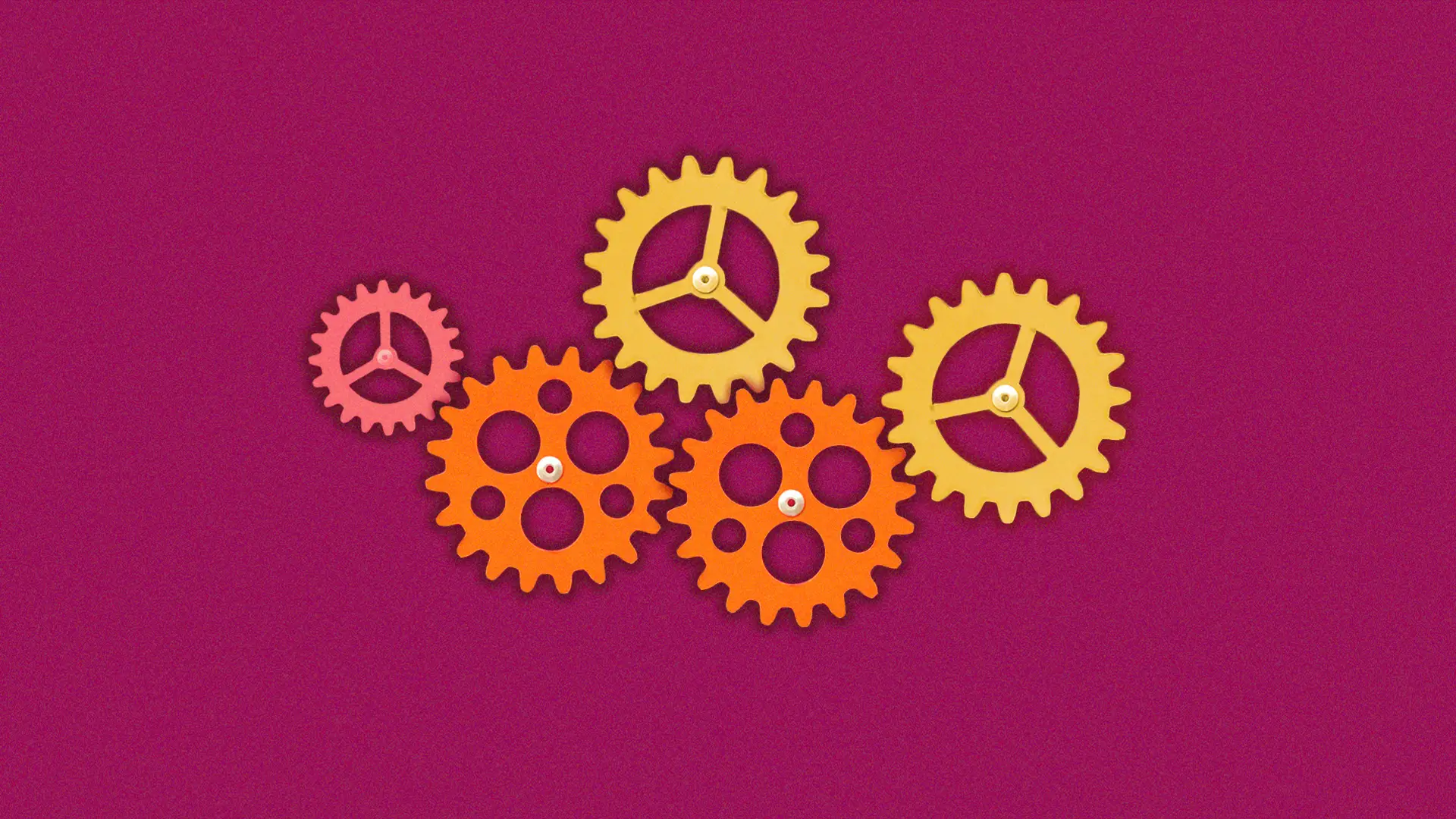

Listen: How to build a UX team that thrives: set healthy boundaries by example.
In the previous posts, you made clear roles with a manageable range of responsibilities and effects, and you hired great people by putting the needs of the hiring process first. Now it is time to develop healthy workplace boundaries. This post is the last in a three-part series that explores how managers and leaders can help their UX teams thrive by putting human-centered practices into action.
Without healthy boundaries in place, work will consume as much as you give it. Wherever you are in your career, that's a reality you must accept.
Some of the best work—the most important work—I've done in my life has focused on defining and enforcing my boundaries. That work done in a personal capacity has directly impacted how I'm able to enforce them professionally: saying “no,” advocating for myself, and articulating needs on receipt of feedback to better my design (and myself), for example.
Model boundaries around empathy and expectations
In the new world of full-remote or hybrid work dynamics, a morning commute can effectively be from the bedroom to the dining room table. Screens are omnipresent: phones, laptops, iPads, watches, etc. And with a screen within arm's reach, unplugging can pose a challenge. If we're not crystal clear on when we'll respond to messages (or won't respond, more accurately), those pervasive viewports will have their way with us and organically set the business's expectations of our availability in kind.
As design leaders, we have the opportunity to build a culture of demonstrative support by modeling our own boundaries and setting expectations with our team members. These actions help them develop their own boundaries.
For example, an asynchronous work schedule might mean you're not available for impromptu chats and that you often check emails and respond to Slack messages in the late evening. In this situation, it's important to let your team know your schedule and then hold that boundary. It's also important to communicate that there is no expectation for them to respond to your late-night messages and that your “on” hours do not mean their “on” hours.
Other boundaries you can promote for your team: keeping breathing space during the day, declining or minimizing unnecessary meetings, and blocking off “focus time” regularly for deep work and flow.
This is as much expectation setting with your team as it is to relevant stakeholders within the organization. This is how your team operates. Consistency of messaging, and boundary setting at the team and org level, ensure you're offering your team a supported way of working that isn't at odds with other people in the company.
Leveraging empathy, knowing how you feel when your own boundaries aren't respected, or the repercussions of them not being defined, not only helps you respect and protect the boundaries of your team—it's values in action.
You have defined roles that have a manageable range of responsibilities and effects. By prioritizing the requirements of the hiring process, you then hired excellent candidates. Finally, you established and enforced healthy workplace boundaries. This is the last part of a three-part series that looks at how managers and leaders can use human-centered practices to help their UX teams do well.
Related

Great brand collaborations are the best to strengthen identity.
Design & Experience, Insights & Trends, Marketing & Creative, Beauty and Fashion

Consumer demand and policy are driving EV market growth.
Development & Technology, Insights & Trends, Automotive

Are you missing opportunities to improve health screenings?
Design & Experience, Marketing & Creative, Health

